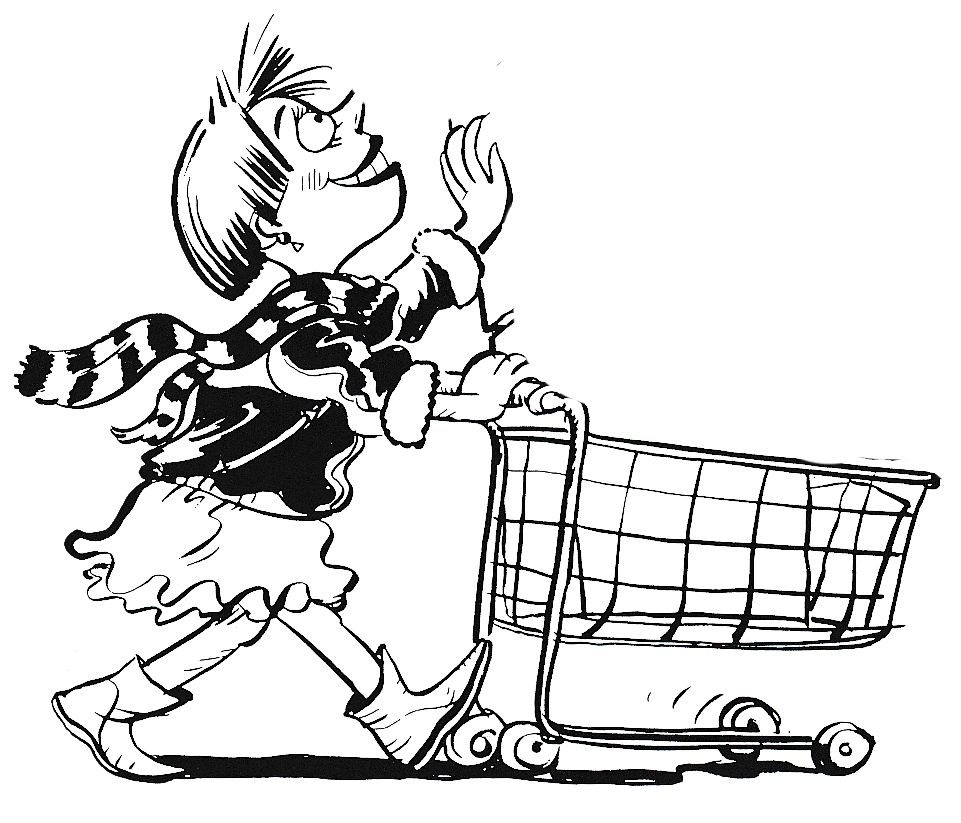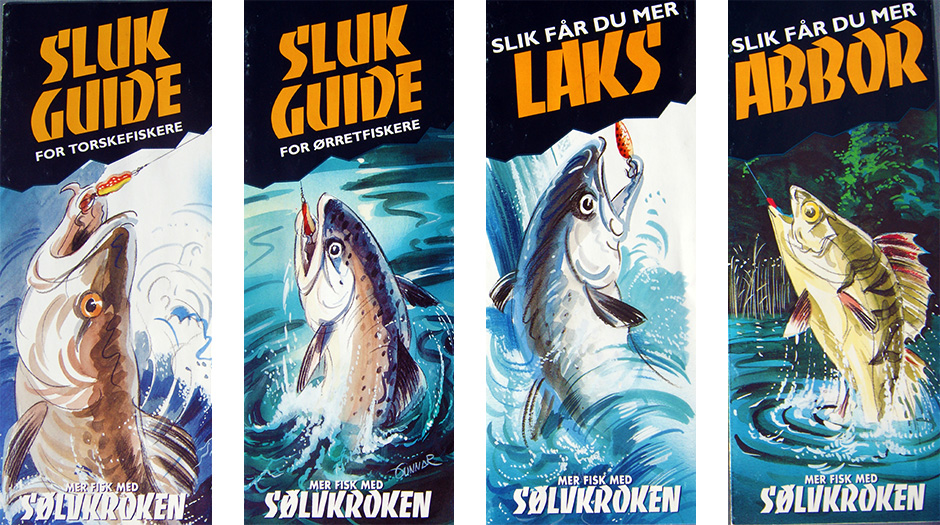Blogg
Bruk av illustrasjon i reklame og kommunikasjon

Bruk av illustrasjon i reklame og kommunikasjon
Illustrasjoner har lenge vært et kraftfullt verktøy innen reklame og kommunikasjon. Fra håndtegnede skisser til moderne digitale kunstverk, har illustrasjoner en unik evne til å formidle budskap, vekke følelser og skape visuell interesse. Men hvorfor er illustrasjoner så effektive, og hvordan kan de brukes strategisk i markedsføring? Her tar vi en nærmere titt på hvordan illustrasjoner kan bidra til å styrke kommunikasjonen din.
Hvorfor velge illustrasjon?
En av hovedgrunnene til at illustrasjoner fungerer så godt i reklame, er deres fleksibilitet. Illustrasjoner kan tilpasses enhver stil, tone og målgruppe. Enten du ønsker et lekent og fargerikt uttrykk for å appellere til barn, eller en minimalistisk og sofistikert stil for å tiltrekke voksne profesjonelle, kan illustrasjoner formes etter dine behov.
I tillegg til fleksibiliteten, har illustrasjoner evnen til å skille seg ut. I en verden der vi bombarderes med fotografier og stock-bilder, kan en unik illustrasjon fange oppmerksomheten til målgruppen din og gi merkevaren din et særpreg. Illustrasjoner gir også mulighet til å visualisere komplekse konsepter eller abstrakte ideer som kan være vanskelig å formidle gjennom tekst eller fotografi alene.
Illustrasjon som kommunikasjonsverktøy
Illustrasjoner handler ikke bare om estetikk – de er også et effektivt kommunikasjonsverktøy. Her er noen måter illustrasjoner kan brukes strategisk:
1. Fortelle en historie: En godt designet illustrasjon kan fortelle en historie på en rask og engasjerende måte. Dette er spesielt nyttig i reklamekampanjer der du har begrenset tid eller plass til å formidle budskapet ditt.
2. Forenkle informasjon: Illustrasjoner er ideelle for å forklare komplekse ideer eller produkter. Infografikk og diagrammer er eksempler på hvordan illustrasjoner kan brukes for å bryte ned informasjon i lettfattelige biter.
3. Skape emosjonell tilknytning: Illustrasjoner har en måte å vekke følelser på som få andre medier kan matche. Farger, former og stilvalg kan alle bidra til å skape en emosjonell respons hos publikum.
4. Bygge merkevareidentitet: Gjennom konstant bruk av illustrasjonsstil kan du styrke merkevareidentiteten din. Dette gir merkevaren din et gjenkjennelig uttrykk som skiller seg ut i markedet.
Eksempler på vellykket bruk av illustrasjon
Mange kjente merker har brukt illustrasjoner for å styrke sine kampanjer og merkevarestrategier. For eksempel har Google ofte brukt lekne og kreative illustrasjoner i sine Google Doodles for å feire spesielle dager og hendelser. Slike illustrasjoner skaper engasjement og gir brukerne en positiv opplevelse.
Et annet eksempel er norske selskaper som bruker illustrasjoner for å fremheve sin lokalitet og kultur. Gjennom tradisjonelle mønstre, naturinspirerte motiver eller humoristiske tegninger kan bedrifter skape en sterkere forbindelse med sitt publikum.
Tips for å bruke illustrasjon i din kommunikasjon
Hvis du ønsker å bruke illustrasjoner i reklame eller kommunikasjon, har vi noen tips for å komme i gang:
– Definer målgruppen: Sørg for at stilen og budskapet i illustrasjonen passer til målgruppen din.
– Vær konstant: Bruk en gjennomgående stil i alle markedsføringsmaterialer for å bygge gjenkjennelighet.
– Samarbeid med profesjonelle: En dyktig illustratør kan hjelpe deg med å skape unike og effektive design som støtter merkevaren din.
– Test og evaluer: Test ulike stiler og formater for å se hva som fungerer best for din målgruppe.
Oppsummering
Illustrasjoner er mer enn bare dekorative elementer – de er kraftfulle verktøy for å formidle budskap, bygge merkevareidentitet og engasjere publikum. Ved å bruke illustrasjoner strategisk i reklame og kommunikasjon, kan du ikke bare fange oppmerksomheten til målgruppen din, men også skape en dypere forbindelse med dem. Så neste gang du planlegger en kampanje eller kommunikasjonsstrategi, vurder hvordan illustrasjoner kan spille en rolle i å løfte budskapet ditt til nye høyder.


